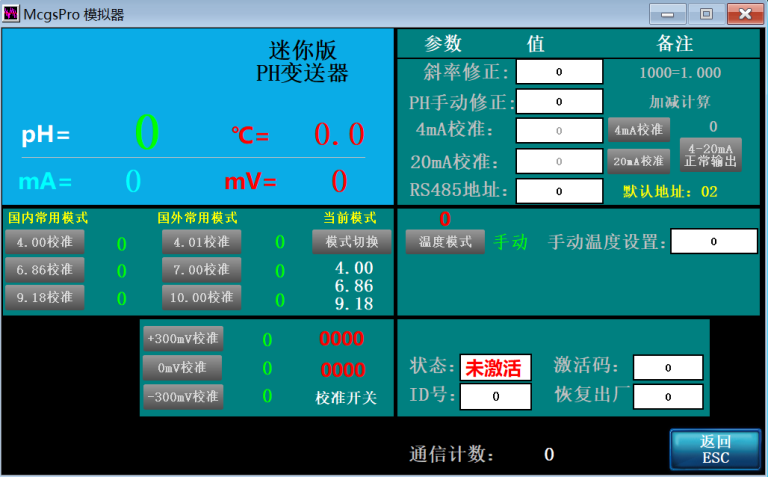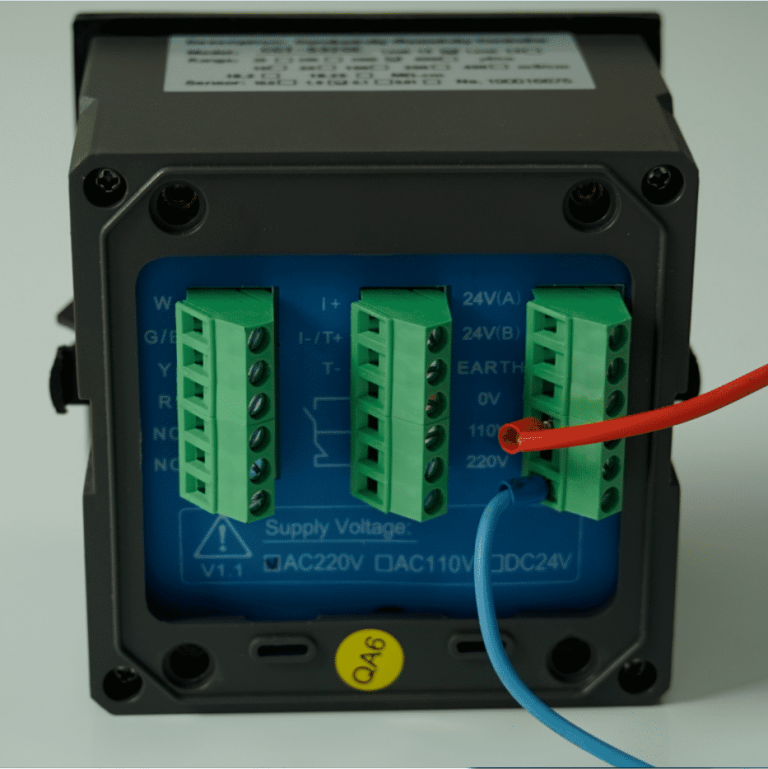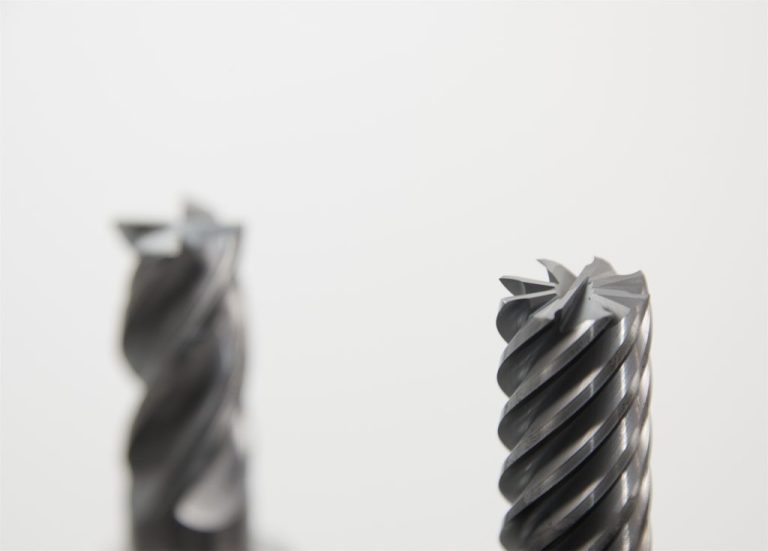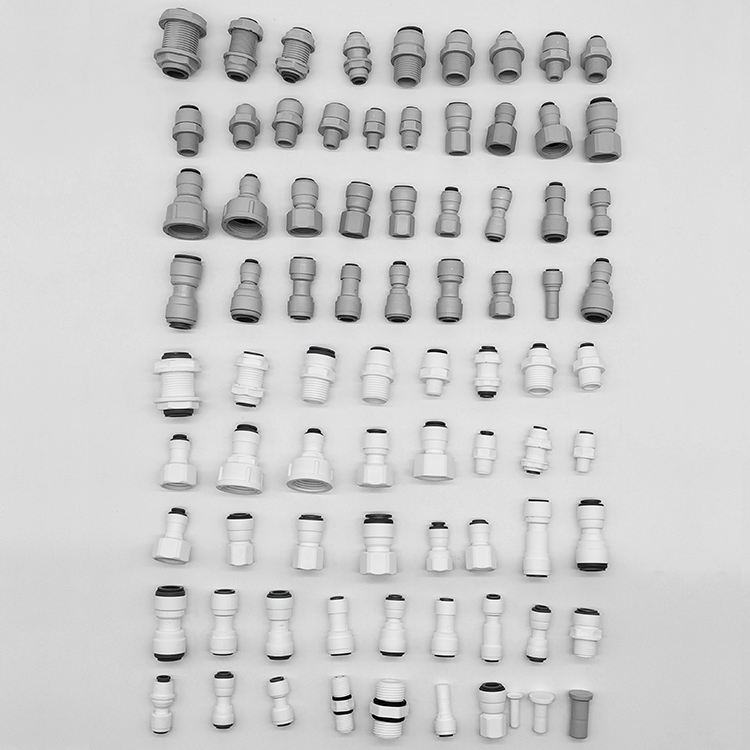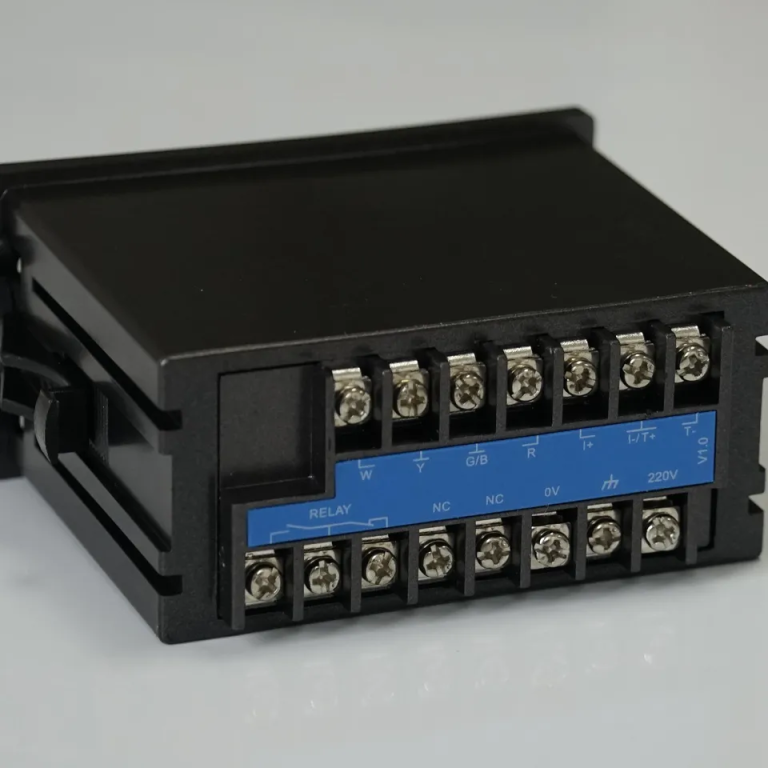Prevent water softener overflow with our reliable solution.
Common Causes of Water Softener Overflowing
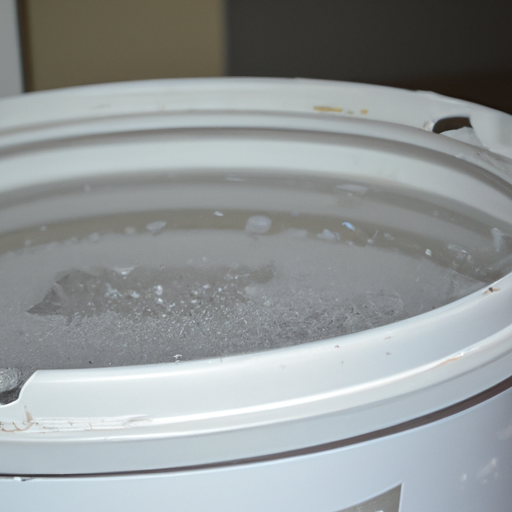
Water softeners are essential appliances in many households, as they help remove minerals and impurities from the water supply. However, there are instances when water softeners can overflow, causing inconvenience and potential damage to the surrounding area. Understanding the common causes of water softener overflowing can help homeowners prevent such incidents and maintain the proper functioning of their water softening systems.
One of the primary reasons for water softener overflowing is a malfunctioning control valve. The control valve is responsible for regulating the flow of water in and out of the water softener. If this valve becomes stuck or fails to close properly, it can lead to an excessive amount of water entering the system, resulting in overflow. Regular maintenance and inspection of the control valve can help identify any issues and prevent potential overflow situations.

Another common cause of water softener overflowing is a clogged drain line. Over time, debris, sediment, and mineral buildup can accumulate in the drain line, obstructing the flow of water out of the water softener. When the drain line becomes clogged, water cannot exit the system efficiently, leading to overflow. Regular cleaning and flushing of the drain line can help prevent clogs and ensure proper drainage.
In some cases, water softener overflowing can be attributed to a malfunctioning float valve. The float valve is responsible for regulating the water level inside the water softener tank. If the float valve fails to shut off the water supply when the tank reaches its maximum capacity, it can result in overflow. Checking the float valve regularly and ensuring it is functioning correctly can help prevent this issue.
Additionally, excessive water pressure can also cause water softener overflowing. If the water pressure in the household exceeds the recommended levels, it can put excessive strain on the water softener system, leading to overflow. Installing a pressure regulator can help control the water pressure and prevent potential overflow situations.
Furthermore, a damaged or worn-out resin tank can also contribute to water softener overflowing. The resin tank is where the water softening process takes place, and if it becomes cracked or damaged, it can lead to leaks and overflow. Regular inspection of the resin tank for any signs of damage and timely replacement can help prevent overflow incidents.
Lastly, improper installation or sizing of the water softener can also be a cause of overflowing. If the water softener is not installed correctly or if it is undersized for the household’s water demands, it can lead to overflow. Seeking professional assistance during the installation process and ensuring the water softener is appropriately sized for the household’s needs can help prevent overflow situations.
In conclusion, water softener overflowing can be caused by various factors, including a malfunctioning control valve, clogged drain line, faulty float valve, excessive water pressure, damaged resin tank, and improper installation or sizing. Regular maintenance, inspection, and cleaning of the water softener system can help identify and address these issues before they lead to overflow. By understanding the common causes of water softener overflowing and taking preventive measures, homeowners can ensure the efficient and trouble-free operation of their water softening systems.
| Model | Central tube | Drain | Brine tank connector | Base | Power supply parameters | Maximum power | Pressure parameters | Operating temperature |
| 9000 | 1.05″ O.D. | 1/2″NPT | 1600-3/8″ | 2-1/2″-8NPSM | 24v,110v,220v-50Hz,60Hz | 8.9W | 2.1MPa | 1℃-43℃ |
| 0.14-0.84MPa |

